Top image shows the Fon art on the left hand side, which is reminiscent in its theme, of the ancient Egyptian wall relief of Rameses smiting an enemy on the right hand side. Bottom image shows another example of parallels between west Sahelian/Sub-Saharan art [likely Benin carving] — sporting the head of some carnivorous creature [likely a feline of some sort] on the left hand side, and two ancient Egyptian figurines — one sporting a falcon head, and the other, a feline; what stands out here, is the remarkably similar standing postures, particularly what they are doing with their arms and hands.


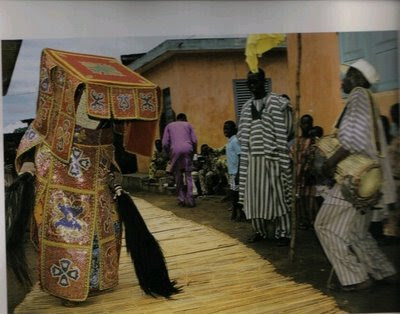
In Togo, Benin and Nigeria, the Kutito (among Gbe speaking people) and Egungun (among Yoruba speaking people) are masked dancing ancestors returning to earth to help and punish living people. Jean Charles Coovi Gomez pointed out that this ceremony was exactly the same as what we know of Kemetic "raising the Djed Pillar Ceremony".Egungun ,the Yoruba name of the ceremony means "bone, skeleton". In Kmt, the Djed pillar was considered as the backbone of the neter Ausar. There is ample evidence for mummification in traditional Africa. Félix Dubois reported it among Songhoi people, M.Delafosse among Baule(Akan) people of Ivory Coast, A.M.L Desplagnes among the Dogon and Mossi, J.C.C.Gomez among the Yoruba.
Mummy of the Obi Ijeh of Idumuoghu,Ibusa, Nigeria From Oscar Pfouma "Histoire culturelle de l'Afrique Noire":
On the top, is an ancient Egyptian "paddle" doll, courtesy of the British Museum; in the middle, we have Ashanti examples of the fertility doll, and third image is yet another example of fertility dolls common amongst the Akan.
Fertility dolls are a fairly common theme in Africa, from the Akan speaking groups of Ghana to the Donguena, Evale, Hakawama, Himba, Humbe, Kwanyama, Mukubal, Mwila, Ndimba, Ngambwe, Ovambo and Zemba people of the semi-desert areas of Angola for example, and it appear that the ancient Egyptians were no different in this aspect.
A little trivia on the Egyptian "paddle doll"...
Such dolls are usually found in Upper Egypt and Nubia. When complete they have faces and hair of clay. Hair may also be of faience beads. This one is missing its hair. A number have been found dating to the second half of the 11th Dynasty from tombs in the neighbourhood of Deir el Bahri and are common at Thebes. However, at least two have been found in earlier tombs at Beni Hasan and one at Rifeh. Another was found beneath the Ramesseum at Thebes dating to the 13th Dynasty (Bourriau 1988, 126-127). Most are of 11th Dynasty to Middle Kingdom.
The marks on the body are thought to be tattoos or scarification and the end of the paddle, it has been suggested is an exaggerated pubic area. That such dolls are found mainly in female graves has led Egyptologists to suggest that these are fertility figurines put in graves to ensure fertility in the afterlife. - Courtesy of SWANSEA UNIVERSITY.
More Links this time in the form of serekhs in both cases by an object or an animal and while the Kemetic symbols developed into a full writing system where the name could be read,the Beninese kings used theirs as a memory device.
Prince Gagni Xesu (1620) is symbolised by a bird and a drum.
Dyn 0 Kemet
King Scorpion.
King Hwegbeadja (1645–1680) is represented by a fish and a fyke net.


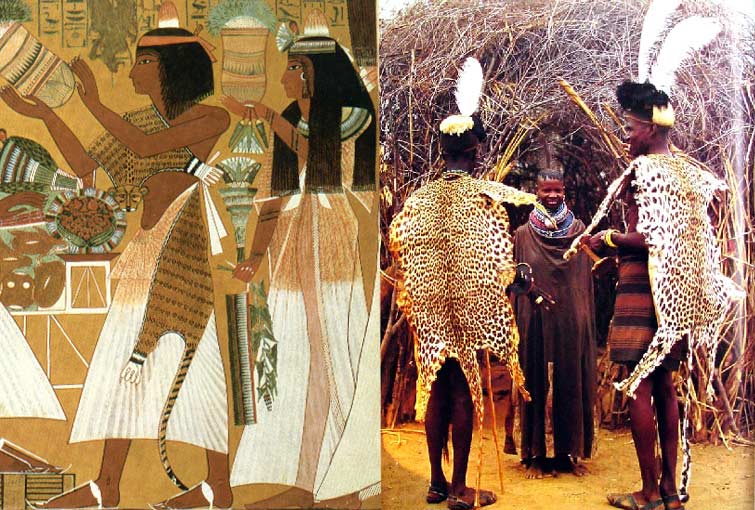
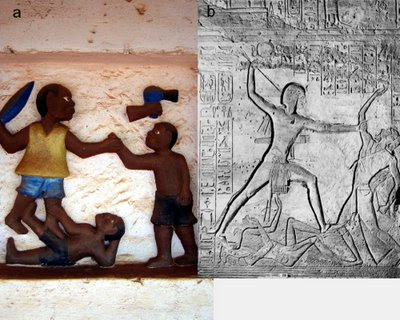




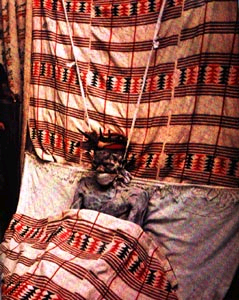













 And white people were hitting the
And white people were hitting the  see they white!
see they white! ...
...

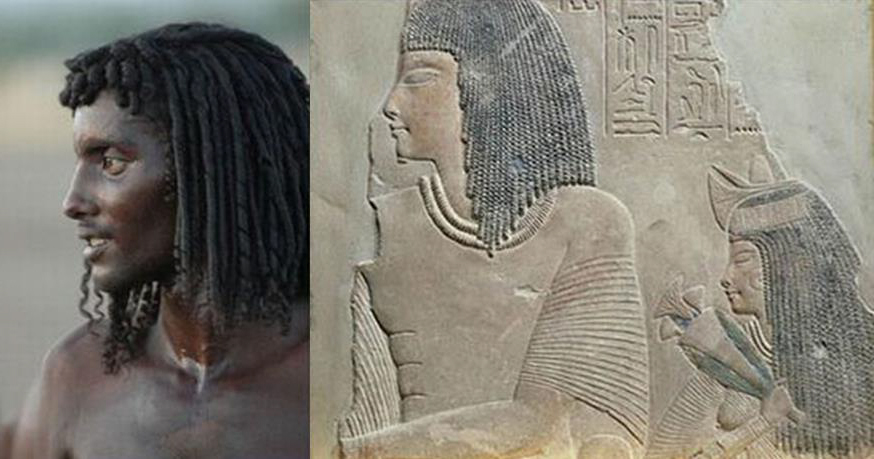






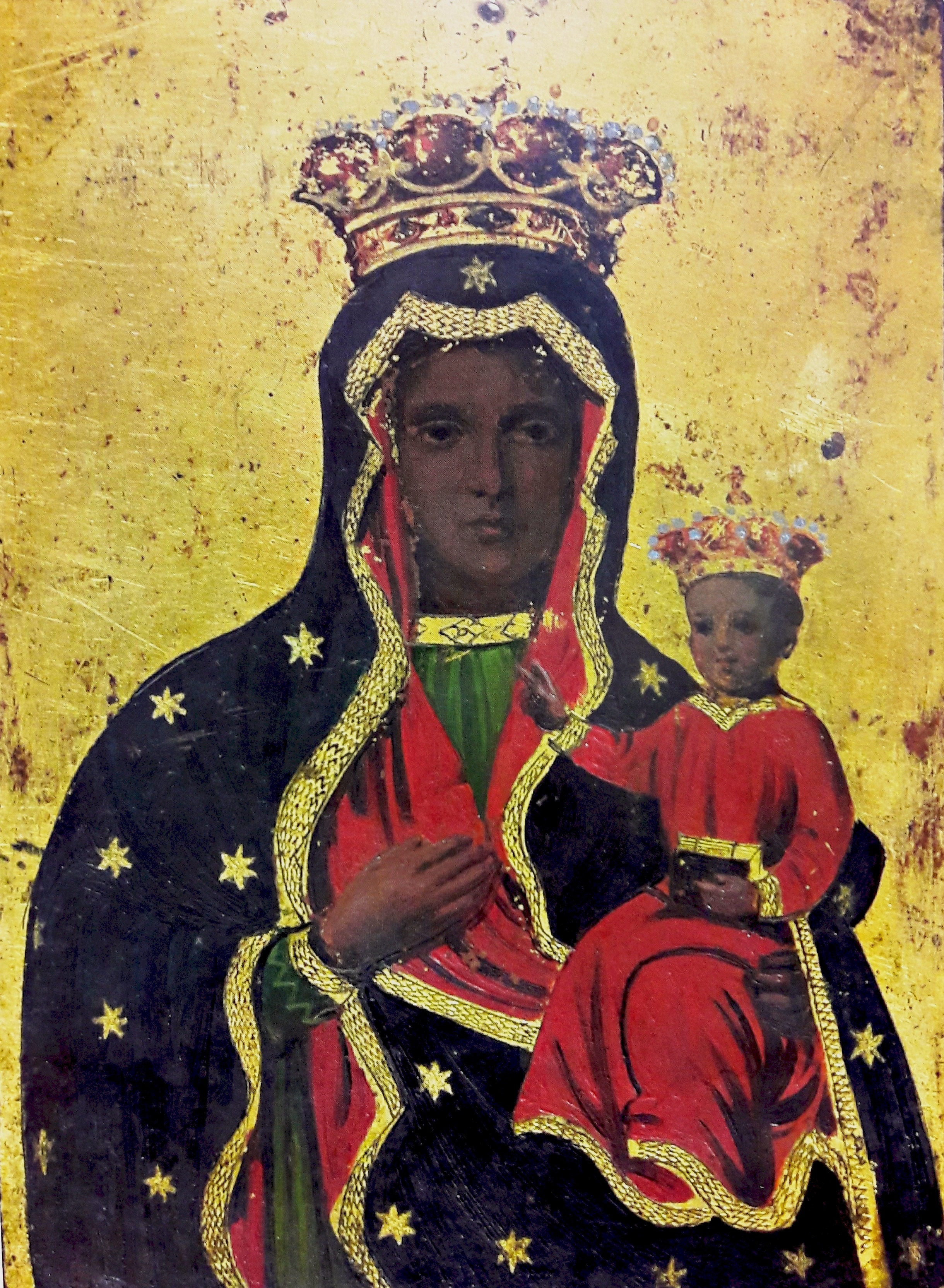




And white people were hitting the
see they white!